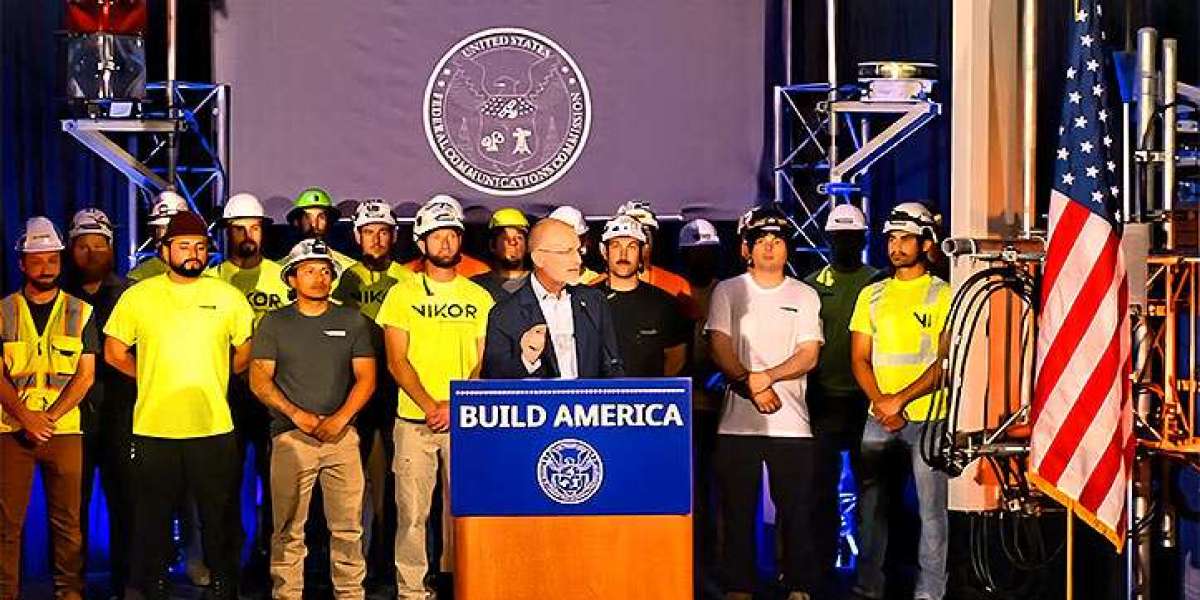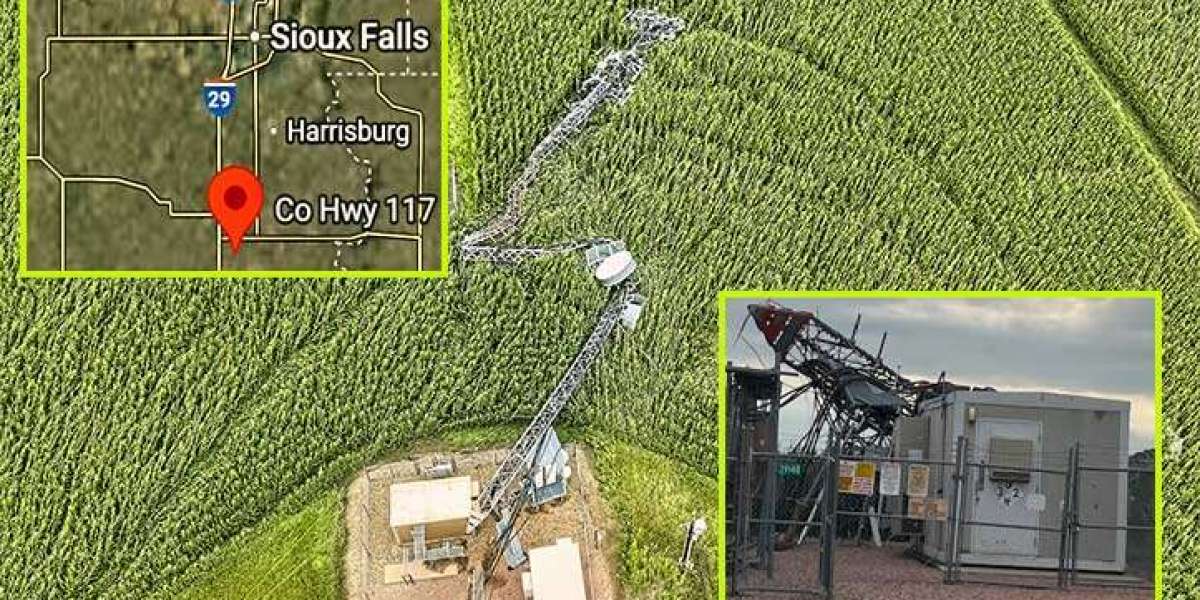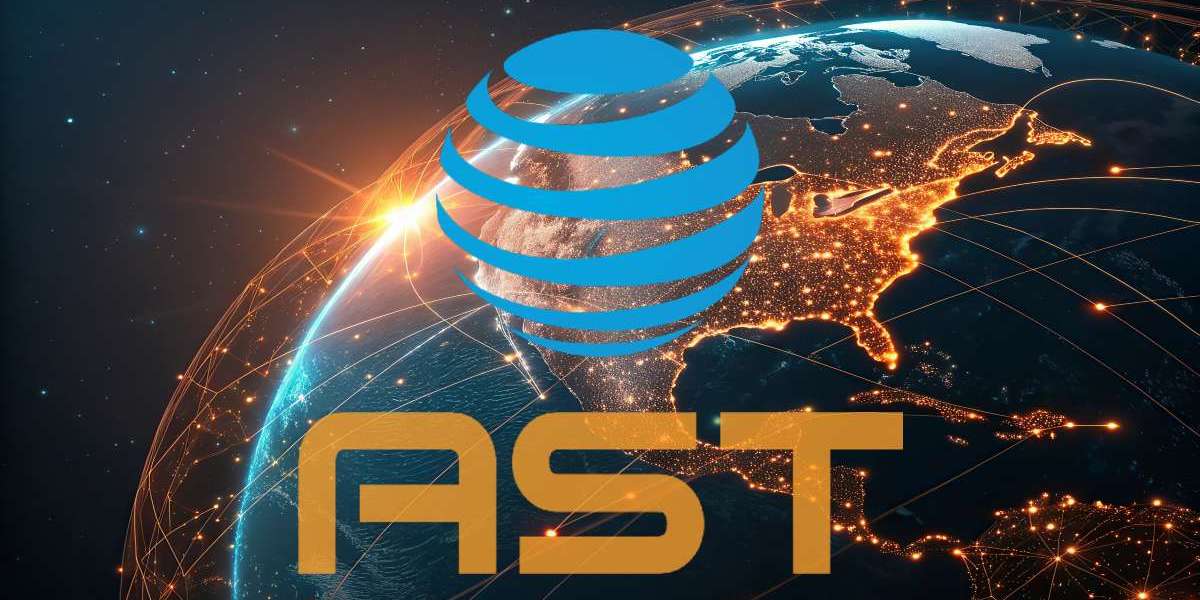As reported by Wireless Estimator
"Let’s Build": Deregulation at Warp Speed
The Build America Agenda is the culmination of years of Carr’s advocacy for streamlined infrastructure deployment. But this time, under a Trump-aligned FCC and a friendlier political environment, Carr isn’t just pushing reform—he’s accelerating it.
Key initiatives include:
Permitting Reform: The FCC will vote this month on modernizing copper-to-fiber transitions, which would redirect billions from aging networks to future-ready broadband. Updates to pole attachment rules are also on the docket, designed to clear bottlenecks in fiber rollouts.
Spectrum Expansion: Carr announced the long-awaited auction of AWS-3 spectrum licenses and signaled progress on the Upper C-Band and 37 GHz bands—critical to America’s mid-band and mmWave strategy.
Satellite Streamlining: A major push to simplify satellite licensing procedures and open up over 20 GHz of spectrum for space innovation, aligning with national security and private-sector LEO investments.
“Delete, Delete, Delete” Initiative: Dubbed the most significant deregulation in FCC history, this July vote will scrap 40 outdated rules—some dating back to the era of telegraphs and rabbit-ear antennas.
Tower Crews Take Center Stage: Reforming the Wireless Workforce
Carr’s remarks weren’t just about spectrum and satellites—they struck a deeply resonant chord with the wireless workforce. Acknowledging long-standing frustrations over pricing pressures and competition from underregulated 1099 or foreign crews, Carr made workforce reform a central pillar of his agenda.
“There are a lot of folks out there that take our country’s communications infrastructure for granted,” Carr said. “Carriers are changing their approach to 1099 crews and upcoming reforms will make it harder for foreign and fly-by-night crews to undercut the safety and security of our networks.”
His remarks drew widespread praise from tower techs and contractors online, many of whom have long called for better enforcement and contracting standards.
Notably, Verizon and NATE have now partnered to allow contractors to report suspected misuse of undocumented labor, effective July 1, 2025. AT&T and T-Mobile are expected to follow suit, with similar reporting protocols in the works.
Praise from NATE, Pushback from Critics
Todd Schlekeway, CEO of NATE: The Communications Infrastructure Contractors Association, applauded Carr’s agenda:
“This forward-looking plan supports the small businesses and tower technicians leading America’s connectivity buildout. From workforce development to spectrum access, the Build America Agenda is aligned with our mission.”
Still, not everyone is sold. Critics argue that the agenda leans heavily on political optics and doesn’t do enough to ensure equitable broadband access, especially in rural and underserved areas.
But even detractors acknowledged the savvy of Carr’s rollout. By delivering his message in a working-class heartland setting and focusing on frontline laborers, Carr recast telecom policy as a populist infrastructure movement—a move that could resonate well in the 2024 election aftermath.
Conclusion: A Bold Blueprint for Rapid Buildout
Whether viewed as a game-changing roadmap or a political spectacle, Carr’s Build America Agenda sets the tone for the next phase of U.S. telecom development. With a deregulatory tailwind and clear political alignment, Carr seems intent on moving quickly—and unapologetically—toward a future where America once again leads in wireless, broadband, and space.
As Carr himself declared: “Let’s build.”





